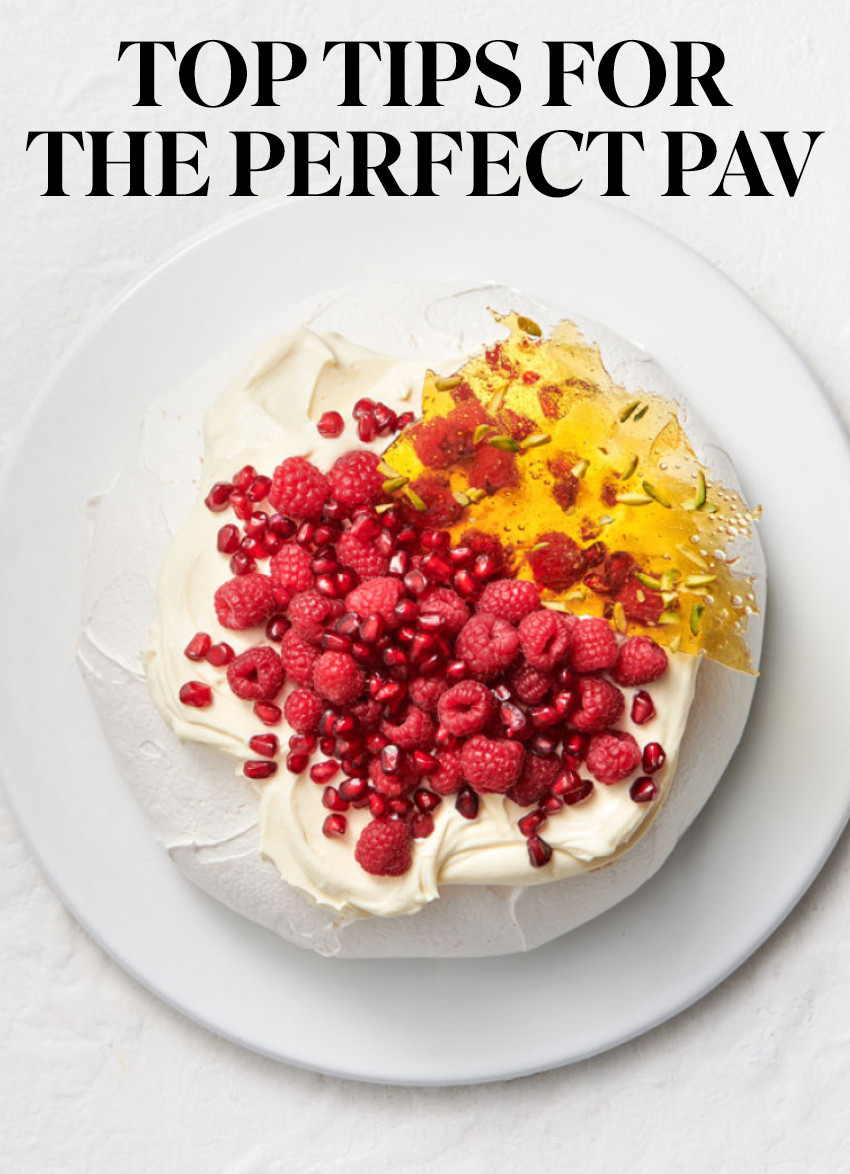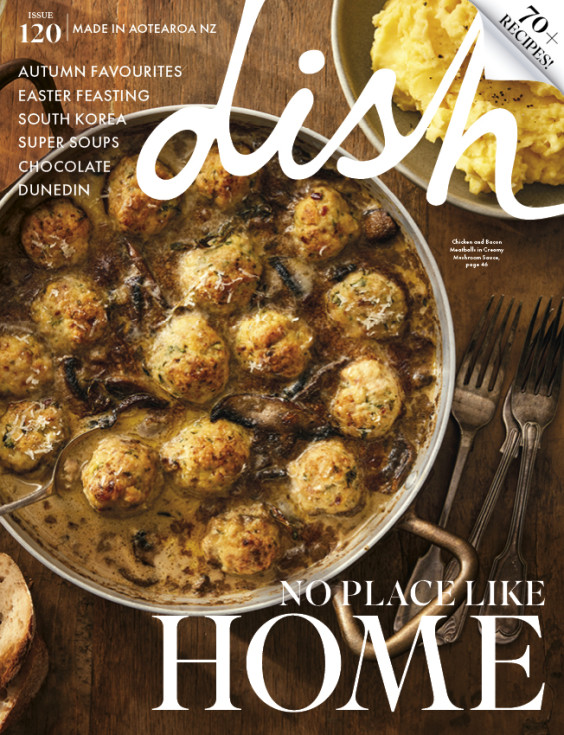Top Tips For The Perfect Pavlova

Preparing a pavlova is a Kiwi classic, especially during the festive season! To avoid falling victim to sunken tops or weeping cracks we've gathered a selection of top tips and tricks we've learnt to make sure those pavs come out looking gorgeous...

Moisture in the air can ruin the crispness. Choose a dry day for baking, or run a dehumidifier if your kitchen is damp. (Good luck in Auckland!)

Traditionally older rather than fresher eggs have been used as the whites break down easier, although fresh eggs provide a more stable meringue.

Cold eggs are easier to separate into yolks and whites, but room temperature whites beat up better (separate cold then bring to room temp before beating). Even a tiny bit of yolk can prevent the whites from whipping properly. Be meticulous when separating eggs.

Wipe the bowl beforehand with lemon juice or white vinegar to remove any greasy residue before beating the egg whites (grease affects the ability for the egg whites to form peaks). Plastic bowls should be avoided as they tend to retain grease.

Add caster sugar slowly, a little at a time, whisking until fully dissolved. This ensures a smooth, glossy meringue. Test by rubbing a bit between your fingers; it should feel smooth, not grainy.

Over-whisking can cause the proteins to break down, leading to a dry, grainy meringue that collapses during baking. Stop when you reach stiff, glossy peaks.

Draw a circle on baking paper the desired size of the pavlova and put ink/pencil side down on a baking tray. Use tiny daps of pavlova mixture on the underside corners of the baking paper to ‘glue’ it to the tray before piling on your meringue.

Don’t peek while baking, as temperature fluctuations can cause the pavlova to collapse or crack. Once baked, turn off the oven and leave the pavlova inside to cool completely with the door ajar. This helps prevent cracks caused by sudden temperature changes.
latest issue:
Issue #120
As the days become shorter, and the nights cooler, the latest issue is perfectly timed to deliver delicious autumn dishes. From recipes using fresh seasonal produce such as feijoas and apples, to spectacular soothing soups and super-quick after-work meals in our Food Fast section, we’ve got you covered. With Easter on the horizon, we feature recipes that will see you through breakfast, lunch and dinner over a leisurely weekend holiday, and whip up chocolatey baking treats sure to please. We round up delicious dinners for two and showcase a hot new Korean cookbook before heading south to Dunedin to check out all that’s new in food and dining.The latest issue of dish is on sale NOW at all good bookstores and supermarkets – don’t miss it!

